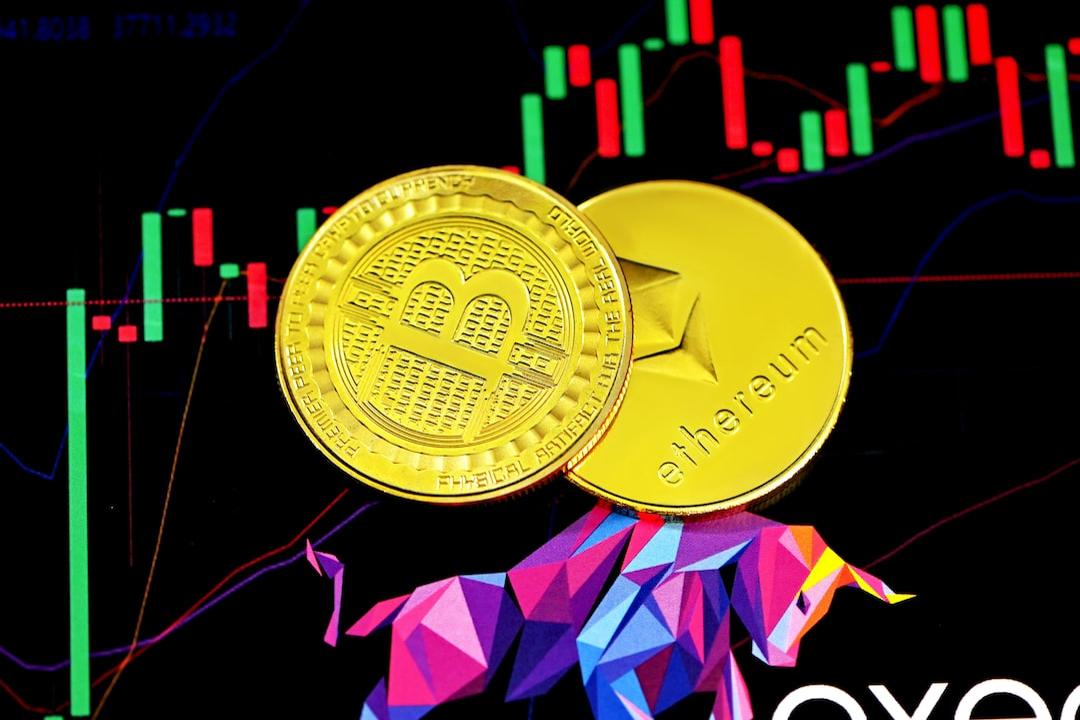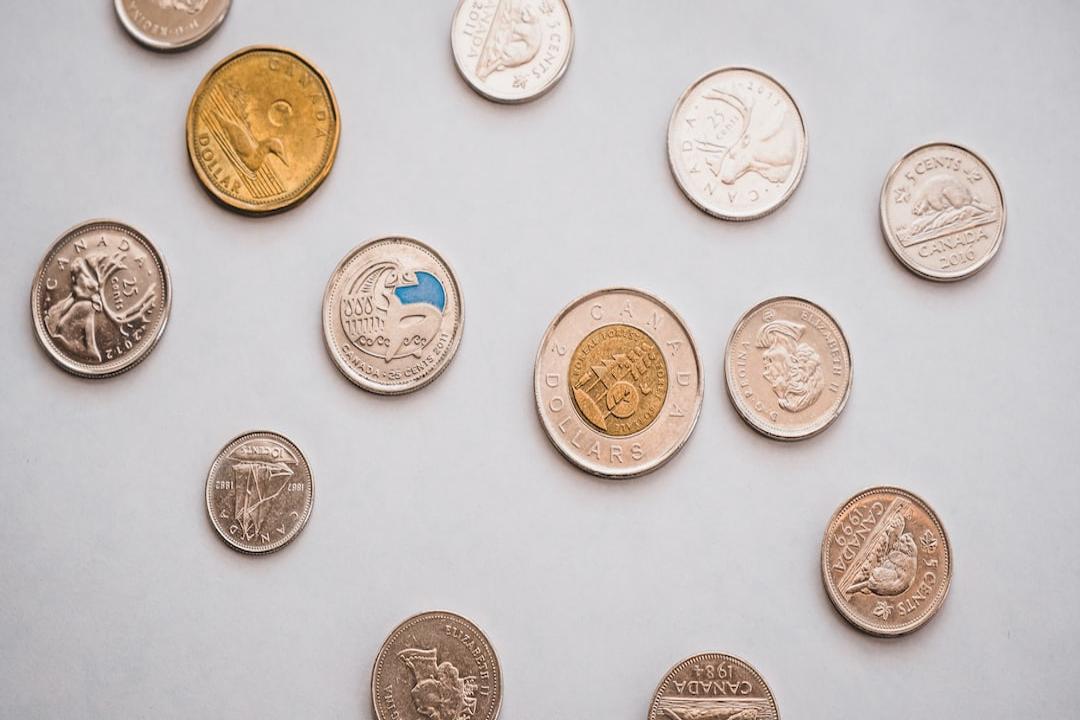Blockchain is Reshaping the Global Financial Landscape at an Unprecedented Speed
This article will delve into how blockchain, through innovative applications, is fundamentally changing the operational logic of banks and the financial industry, revealing ten key aspects of this transformation along with practical examples.
(Background: Trump’s eldest son predicts “banks will be eliminated in ten years”: without the adoption of cryptographic technology, financial services will soon become worthless)
(Background supplement: El Salvador to include Bitcoin in national education: cultivating financial literacy in students from the age of 7, learning “What is money?”)
Blockchain Technology: A Fundamental Change in Financial Systems
Blockchain technology is not just a passing trend; it is fundamentally altering the way financial systems operate. With its decentralized, immutable, and transparent characteristics, blockchain addresses many challenges and trust issues faced by traditional banking systems.
Here are ten important ways blockchain is disrupting the banking and financial industry, including descriptions, real-world use cases, and specific data.
1. Cross-Border Payments
Cross-border payments are often slow and costly. Traditional cross-border payment systems (such as SWIFT) typically require 2-5 business days to complete fund transfers through multiple intermediary banks, accompanied by various fees.
Blockchain eliminates intermediaries and services, enabling instant, low-cost global fund deliveries and receipts.
Real-world use case: Ripple has developed RippleNet and the XRP ledger to facilitate blockchain-based remittances at lightning speed. Several banks have adopted Ripple technology for instant cross-border transfers. For instance, Santander, Standard Chartered, and PNC use Ripple technology to transfer customer funds across borders in seconds instead of days.
Key data and facts: The average cost of global remittances is 6.2%, with blockchain able to reduce this cost to below 3% (World Bank). The cross-border payments market is expected to reach $250 trillion by 2027. Santander’s One Pay FX (based on Ripple) has processed millions of instant transactions.
Did you know? In addition to speed, blockchain also offers enhanced transparency, allowing senders and receivers to view payment statuses in real-time.
2. Fraud Detection and Anti-Money Laundering (AML)
Financial fraud is a significant risk. The transparency and tamper-proof nature of blockchain make every transaction traceable, facilitating the detection of fraud and making it nearly impossible to hide or alter fraud evidence. (Note: tracking becomes challenging if mixers are used.)
Real-world use case: HSBC is a leader in trade finance digitization, improving AML efficiency through blockchain. In 2022, HSBC processed over $250 billion in foreign exchange transactions on the blockchain, significantly reducing manual risk management processes.
Key data and facts: Financial fraud causes losses of up to $5 trillion annually (Crowe report). Compared to traditional methods, blockchain can reduce the AML false positive rate by up to 70%. Banks spend over $50 billion annually on compliance and fraud detection.
Did you know? Smart contracts on the blockchain can automatically trigger alerts for suspicious transactions, automating AML compliance in real-time and eliminating outdated manual systems.
3. Simplified Customer Identification (KYC)
KYC compliance is crucial but often repetitive and costly. Customers need to re-verify their identity each time they open a new account or register for a new service. Blockchain allows customers to verify once and authorize services as needed through a decentralized identity management approach.
Real-world use case: The UAE, in collaboration with the Dubai Department of Economic Development, launched a KYC blockchain platform that allows banks to securely share customer information, halving the customer onboarding time.
Key data and facts: By 2030, the banking industry could save $10 billion annually through KYC cost reductions (Juniper Research). Customer onboarding times can be reduced from 3-5 days to just minutes. 80% of KYC files can be reused across institutions via blockchain.
Did you know? In the future, users will be able to control their digital identity wallets, choosing when to share on-chain identity information without needing to verify repeatedly at each interaction point.
4. Trade Finance
Trade finance involves substantial paperwork and manual processes, which are time-consuming and expensive. Blockchain digitizes trade finance, automating documentation, enabling instant verification, and tracking goods and payments.
Real-world use case: HSBC and ING executed an instant trade finance transaction through the R3 Corda platform, reducing processing time from 5-10 days to less than 24 hours.
Key data and facts: Paper-based systems still account for over $18 trillion in global trade finance. The World Economic Forum estimates that blockchain could reduce trade finance costs by 20-30%. Smart contracts can automate letter of credit execution, reducing disputes among parties.
Did you know? The World Economic Forum notes that blockchain can unlock $1.1 trillion in new trade opportunities for developing countries by digitizing trade finance.
5. Syndicated Loans
Syndicated loans involve multiple banks lending to a single borrower, with a lengthy and complex coordination process. Blockchain enhances efficiency by sharing documents (including consent forms) and efficiently processing payments among parties.
Real-world use case: Credit Suisse and ING completed a syndicated loan transaction based on blockchain through the Fusion LenderComm platform, reducing settlement times from 7-10 days to less than 24 hours.
Key data and facts: The global syndicated loan market exceeds $4.5 trillion. Blockchain can reduce loan management operational costs by 20-50%. Loan servicing times can be shortened from several days to instant completion.
Did you know? The real-time updates and shared ledgers of blockchain eliminate delays and misunderstandings caused by back-and-forth communications.
6. Smart Contracts for Derivatives and Settlements
Derivatives involve multi-party agreements and complex conditions. Smart contracts allow parties to sign derivative agreements and automatically execute them upon meeting specific conditions, eliminating human errors and enhancing trust and reliability.
Real-world use case: The International Swaps and Derivatives Association (ISDA) collaborated with several fintech companies to develop standard templates for derivative smart contracts to reduce settlement risks and disputes in the over-the-counter (OTC) market.
Key data and facts: The nominal value of the derivatives market exceeds $1 quadrillion. Derivative transaction settlement times can be reduced from T+2 days to nearly instant. Smart contracts can reduce operational costs and legal expenses by 30-50%.
Did you know? Smart contracts offer “atomic settlement,” executing all parties’ financial contracts simultaneously, significantly reducing default risk.
7. Asset Tokenization
Blockchain can split real-world assets (such as real estate, art, stocks, etc.) into digital tokens, improving liquidity and providing broader access for global investors.
Real-world use case: Switzerland’s SIX digital trading platform has begun issuing tokenized bonds and plans to launch regulated tokenized equity products.
8. Instant Auditing and Regulatory Reporting
Auditing is often conducted retrospectively, and data processing takes time. Blockchain provides regulators and auditors with real-time access to transaction records, reducing fraud and compliance risks.
Real-world use case: Ernst & Young (EY) developed the blockchain auditing tool “Blockchain Analyzer,” offering real-time cryptocurrency trading audits for clients like BitFlyer.
Key data and facts: Financial reporting errors cost companies $37 billion annually (BlackLine). Real-time auditing can reduce internal audit workloads by 50%. Blockchain solutions offer transparency, traceability, and automated reconciliation.
Engaging Insight: Imagine a world of instant auditing, where notifications are received upon transactions, eliminating year-end pressure while improving regulatory oversight.
9. Central Bank Digital Currencies (CBDC)
CBDCs are government-supported digital currencies based on blockchain or distributed ledger technology (DLT), offering secure, programmable cash alternatives while reducing the need for private cryptocurrencies.
Real-world use case: China’s digital yuan (e-CNY) has been used in cities like Shenzhen and Suzhou, with transaction volumes exceeding $250 billion.
Key data and facts: Over 130 countries (accounting for 98% of global GDP) are researching CBDCs (Atlantic Council, 2024). The Bahamas, Nigeria, and Jamaica have launched CBDCs. Digital currencies can reduce cash management costs by 70-75%.
Engaging Insight: CBDCs could enable programmable money, such as time-limited stimulus fund releases or automated tax payments, providing greater control over monetary policy.
10. Decentralized Finance (DeFi)
DeFi is a rapidly developing blockchain ecosystem that provides decentralized alternatives to banking products, such as borrowing, trading, and insurance, without intermediaries.
Real-world use case: MakerDAO, Compound, and Aave allow users to earn interest or borrow against cryptocurrency collateral, with smart contracts automating the entire process.
Key data and facts: The total value locked (TVL) in DeFi soared to $180 billion in 2021, remaining above $60 billion in 2024. DeFi interest rates are 5-10 times higher than traditional banks. More than 5 million wallets have interacted with DeFi protocols.
Interesting fact: DeFi is not just a new concept; it is a revolution providing financial services to the 1.4 billion unbanked population worldwide.
Conclusion
Blockchain is no longer an experimental technology but a foundational technology disrupting the global financial infrastructure. As banks and regulatory bodies begin to embrace blockchain, the financial industry is moving towards a faster, cheaper, and more transparent future. For banks and the financial sector, early adoption is no longer an advantage but a necessity.



